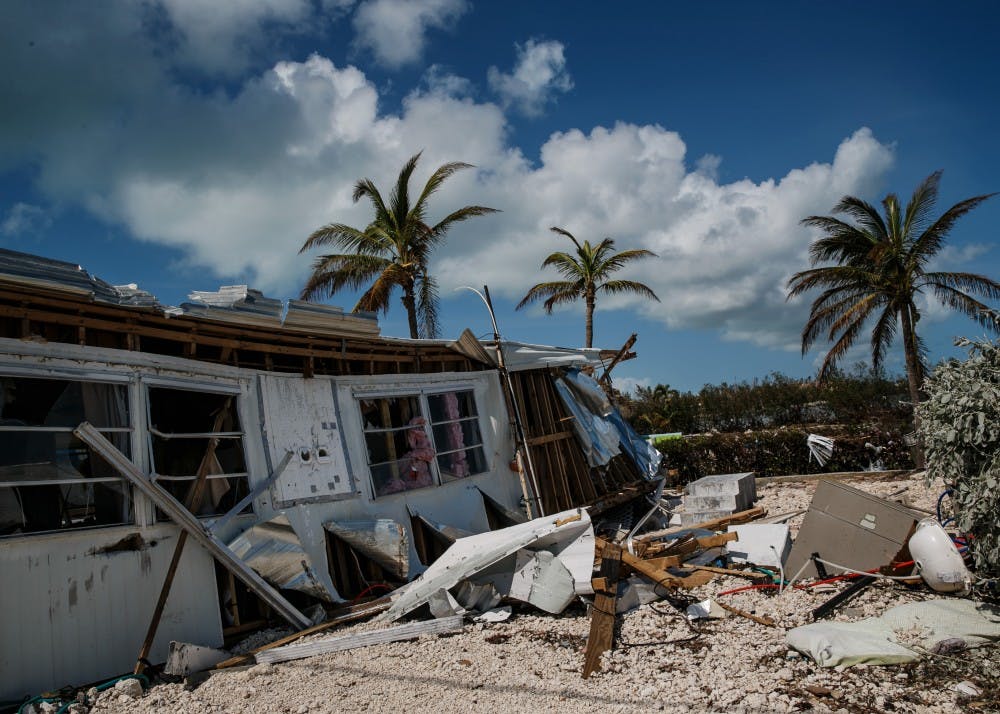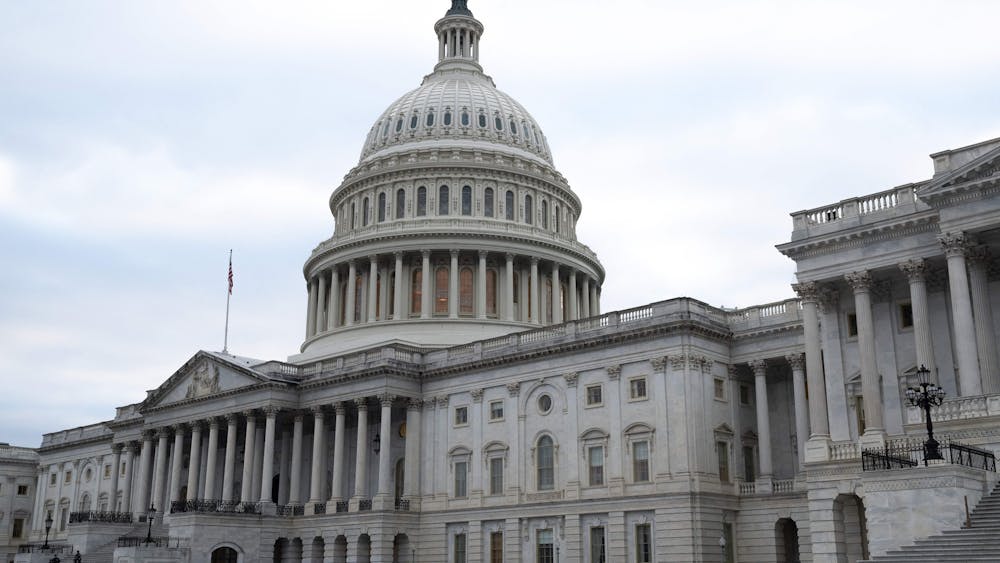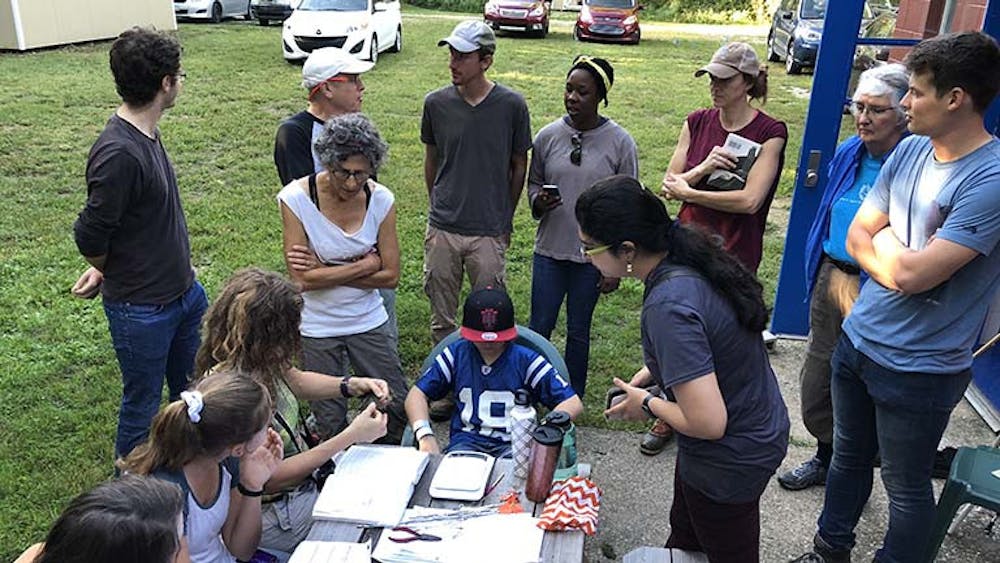In the wake of Hurricane Irma, Ryan Chandler was one of an eight-person team from IU deployed to Tallahassee and Immokalee, Florida, during the 16 days between Sept. 11 and 27.
Chandler, assistant director for emergency management and continuity at IU-Purdue University Indianapolis, said the team worked with local government to distribute food, water and ice.
They identified areas that needed more supplies and rerouted trucks to those areas. The team also organized floods of nonprofit organizations, set up temporary shelters and pushed to get power back.
But even though the team has left, Chandler said there is still work to be done.
Chandler said he saw many schools destroyed by winds or flooded and full of mold. While many schools have reopened, they are still unsafe for students and are in need of major repairs.
Reopening these schools are a vital piece in recovery, he said.
“If you can get schools reopened, you can get parents back to work,” he said. “Then they start earning a paycheck again, and you start really recovering the local economies of affected areas.”
John Summerlot, another Irma response team member, said it is time for Florida to move past short-term housing solutions and figure out what to do in the long-term. Summerlot is IU's director of veteran support services.
“We need to put these people somewhere instead of having them jump from hotel to hotel or shelter to shelter,” Summerlot said.
The Federal Emergency Management Agency reported that a quarter of homes in the Florida Keys, one of the areas hit the hardest by the hurricane, had been destroyed during the hurricane.
Summerlot said efforts in the next two to four weeks will shift to getting people into apartments or rental properties. Then he said families can collect resources to build homes or look at other available housing areas.
But he said it could take years for a family to achieve financial stability and rebuild a home.
“We want to see people in real homes so that they can feel safe and establish some normalcy,” he said.
Chandler said basic infrastructure problems involving power and sewer lines are also a continued difficulty.
Everglades City, on the southwest tip of the state, has sewage flowing onto streets, which he said creates a serious health hazard. And while widespread power outages have passed, he said there are many individual homes with single power poles that are still without electricity.
For agriculture-based communities like Immokalee, the hurricane has wiped out crops and put farmers out of jobs this agricultural season, Chandler said.
The Florida Commissioner of Agriculture released a preliminary damage assessment that estimated a $2.5 billion loss in Florida's agricultural industry after Hurricane Irma. Florida's orange crops took the biggest hit with more than $760 million in damages.
He said the loss of profits and income this year will affect the amount of crop farmers can produce the year after. As a result, it may take years to recover crops completely.
While government organizations handle immediate needs with search and rescue or food and water, Chandler said the burden quickly shifts to nonprofits that carry the weight of long-term recovery. He said it is up to the rest of the United States to help support these nonprofits financially.
But for now, he said it is difficult to foresee the futures of the families he met in Immokalee and Tallahassee.
For him, the hardest part of the trip was not seeing houses caved in, trees crashed down on cars, long lines of people waiting for warm food or families huddled in shelters. Instead, it was leaving families behind, not knowing if they will ever recover completely.
“I remember giving hugs to some locals before leaving town and not knowing where they were going to be in three months, six months, a year from now,” he said. “I couldn’t know for sure if they would recover and come back stronger. I could only hope.”






